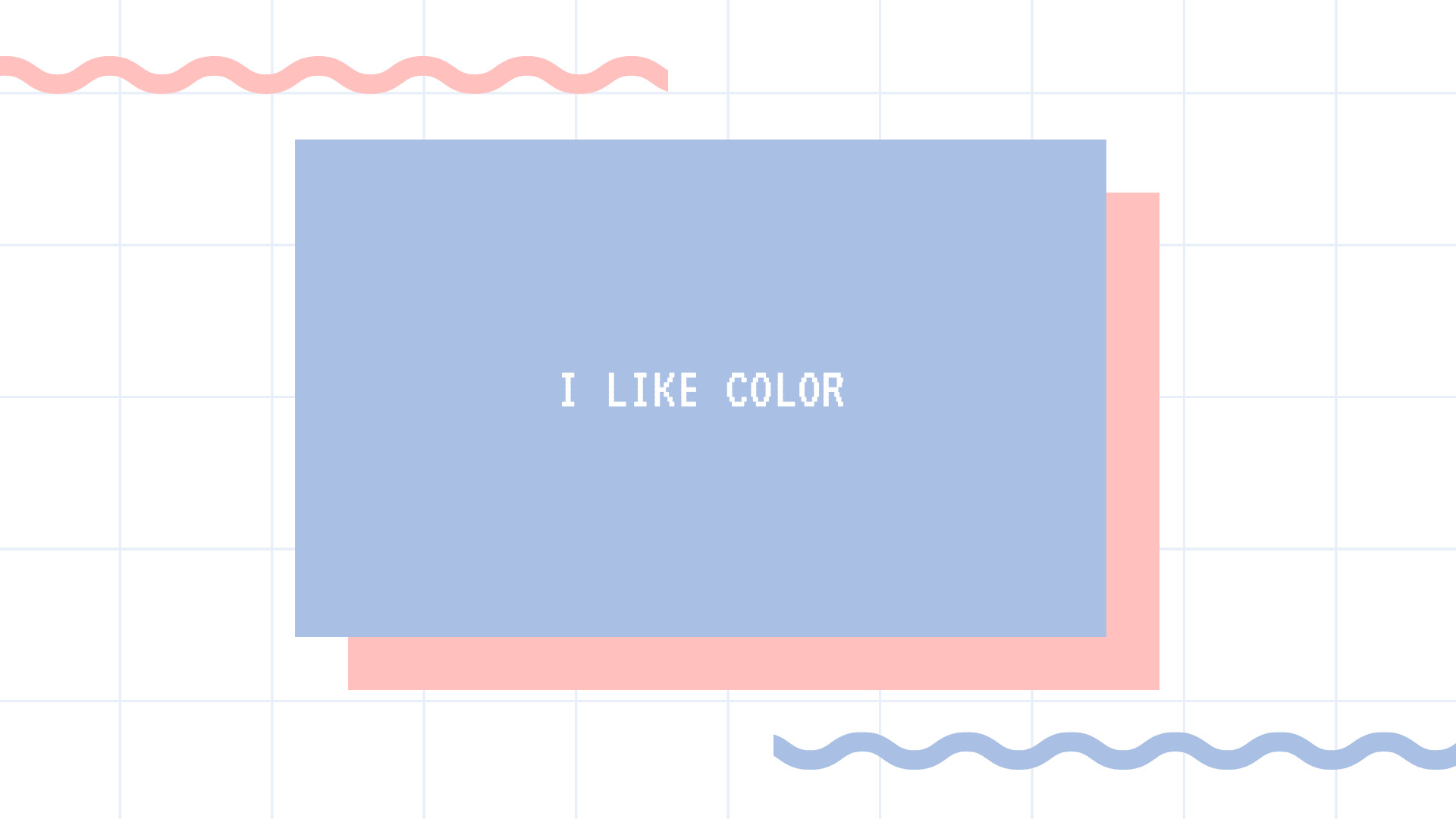JS类型转换 JS有哪些类型 JS 类型分为值类型和引用类型,值类型包括数字、字符串、布尔、Symbol,undefined引用类型包含对象、数组
值类型
let a = 100 let a = true let a = '12' let a = Symbol ('12' )let a = 100 let a = true let a = '12' let a = Symbol ('12' ) let a = undefined let a = null
引用类型
let a = [1 ,2 ,3 ] let a = {b :12 }
二者唯一区别
值类型用栈模型解释存储,引用类型使用堆栈模型解释
let a = 100 let e = ae = 200 let b = {c :200 }let d = bd.c = 300 console .log(a,b.c)
判断类型 JS类型判断有四种方法
typeof操作符
instanceof
constructor
Object.prototype.toString .call()
typeof typeof功能 :
判断值类型数据
判断函数类型
只能判断是否是引用类型,无法深入判断
需要记住几个特殊的值:
typeof(a) = ‘undefined’ typeof(undefined) = ‘undefined’ typeof(NaN) = ‘number’ typeof(null) = ‘object’
重写typeof
定义具体的引用类型Map
考虑null、引用类型、值类型
Function .prototype.mytypeof = function (target ) var ret = typeof (target) const typeMap = { "[object Object]" :"Object" , "[object Array]" :"Array" , "[object Boolean]" :"boolean" , "[object String]" :"string-Object" , "[object Number]" :"number-Object" } if (target == null ){ return 'null' } if (ret === 'object' ){ const typeString = Object .prototype.toString.call(target) return typeMap[typeString] }else { return ret } }
instanceof [] instanceof Array '123' instanceof String new String ('213' ) instanceof String
instanceOf 的原理很简单,例如 a instanceOf b 就是利用 a 的隐式原型__proto__顺着原型链向上查找,如果过程中查到隐式原型的值等于 b 的显示原型 prototype 就返回 true,否则返回 false,如果一直找不到等于 null,也返回 false
手写 instanceof
考虑左边隐式原型指向null
左边的隐式原型保证走下去
function myInstanceof (L,R ) var R = R.prototype L = L.__proto__ while (true ){ if (L === null ){ return false } if (L === R){ return true } L = L.__proto__ } } console .log(myInstanceof([],Array ))
constructor function F (var f = new F()f.constructor == F
以上就是 constructor 判断类型的原理, F 作为构造函数,定义时的 constructor 遗传给了实例 f,所以 f·constructor == F
依此可以用作类型判断的方法,特别注意不能直接写{}或者数字去调用方法,否则会报错
'' .constructor == String [].constructor == Array new Number (12 ).constructor == Number new Function ().constructor == Function new Date ().constructor == Date
Object.prototype.toString.call() toString() 是 Object 的原型方法,调用该方法,默认返回当前对象的 [[Class]] 。这是一个内部属性,其格式为 [object Xxx] ,其中 Xxx 就是对象的类型。
Object .prototype.toString.call('' ) ; Object .prototype.toString.call(1 ) ; Object .prototype.toString.call(true ) ; Object .prototype.toString.call(Symbol ()); Object .prototype.toString.call(undefined ) ; Object .prototype.toString.call(null ) ; Object .prototype.toString.call(newFunction()) ; Object .prototype.toString.call(newDate()) ; Object .prototype.toString.call([]) ; Object .prototype.toString.call(newRegExp()) ; Object .prototype.toString.call(newError()) ; Object .prototype.toString.call(document ) ; Object .prototype.toString.call(window ) ;
显式类型转换 显示类型转换需要调用方法,分为以下几种
Number(mix): 转为数字,非数字(比如一个字符串abc)输出 NaN。
Number() 有几个特殊的值需要记住:
Number(null) = 0
Number(NaN) = NaN
Number(“”) = 0
Number(false) = 0
Number(undefined) = NaN
parseInt(string,raidx) : 转为整形数字 ,非数字输出NAN,第二个参数是基于某个进制转为十进制 ,比如parseInt(‘10’,16) ,把16进制为基底转为十进制数,输出16,
即使字符串中有abc还是可以转换,以最后的数字类截断字符串 , parseInt(‘100px’)=> 100 ,parseInt(‘1000abc’)=>1000
111.toString(16) 以10进制转为16进制,所以如果将一个二进制数转为目标进制,则可以先使用parseInt转为十进制,然后使用toString()转为目标进制
String(string) 转为字符串,任何类型都会转为字符串
Boolean js种六种值转为false (undefined ,null ,'' ,NAN ,0,false) ,其他的都是true
隐式类型转换 重点: 凡是碰到运算符的首先就转换为 Number类型,不管他是不是数字,不是数字也转为Number就是NaN。
特别注意: + 两侧如果有字符串就都转为String
转换规则
isNaN :判断不是数字,其实就是转为Number(s),然后判断是否是数字 +,-,++,--、%,*,/、&& || !、> <、== !=运算符
var a = '233' a++ a-- + a 、- a a = "a" + 2 -,%,*,/ a = '1'* 1 1 * 'a'(Number(1) * Number('a')) = NaN / / a =1 / / 也是先转换为number类型 && || ! > < / / “3”>"2" 比阿斯克码序号, "3" > 2,转为number比大小 == != / / 特殊情况 undefined == null
例题
手写改造typeof
查看答案
Function .prototype.mytypeof = function (target ) var ret = typeof (target) const typeMap = { "[object Object]" :"Object" , "[object Array]" :"Array" , "[object Boolean]" :"boolean" , "[object String]" :"string-Object" , "[object Number]" :"number-Object" } if (target == null ){ return 'null' } if (ret === 'object' ){ const typeString = Object .prototype.toString.call(target) return typeMap[typeString] }else { return ret } }
手写instanceof
查看答案
function myInstanceof (L,R ) var R = R.prototype L = L.__proto__ while (true ){ if (L === null ){ return false } if (L === R){ return true } L = L.__proto__ } } console .log(myInstanceof([],Array ))
JS判断类型有哪几种方式
查看答案
typeof、instanceof、constructor、Object.prototype.toString.call()
看题,书写答案
var num = 1 + '1' var num = 1 - '1' var num = 1 * '1' var str = false + 1 var demo = false == 1 console .log(typeof (a) && (-true +(+undefined ) + "" )) console .log(11 + "11" * 2 == 33 ) console .log(!!" " + !!"" + -!!false || console .log(1 ))
查看答案
var num = 1 + '1' var num = 1 - '1' var num = 1 * '1' var str = false + 1 var demo = false == 1 console .log(typeof (a) && (-true +(+undefined ) + "" )) console .log(11 + "11" * 2 == 33 ) console .log(!!" " + !!"" + -!!false || console .log(1 ))
console .log(parseInt (3 ,8 )) console .log(parseInt (3 ,2 ))console .log(parseInt (3 ,0 ))
查看答案
以3为8进制转为10进制 3 以3为二进制转为10进制 NaN 不存在0进制 NaN 进制分析: 首先理解什么是进制,以我们平常数数来讲,1,2,3,,4,5到10个苹果。这里的面的数就是10进制数,1-9代表个位上的数,10是10位数,进了1。 - 比如如果是一个11进制,10也算上个位数,此时a代表10,a+1满了11进一位,所以a+1 = 10(满11进一位,个位就是0) - 再比如16进制 9,a,b,c,d,e,f f这个数10进制代表15,再加一,f+1 = 10, 这里的10是16进制表示的16,10转为十进制(十分位1=16 16+0=16)等于16 - 再比如二进制,满二进一,二进制的11代表什么,用十进制表示就是2+1=3,1000代表什么,2的三次方


